2003 Mazda B3000 Brake Rotors and Pads
Click here to search another vehicle
All Rotors:
OEM x
Coated x
Drilled, Slotted and Coated x
Front x
Rear x
All Pads:
Ceramic x
Semi-metallic x
Front x
Rear x
Found 10 record
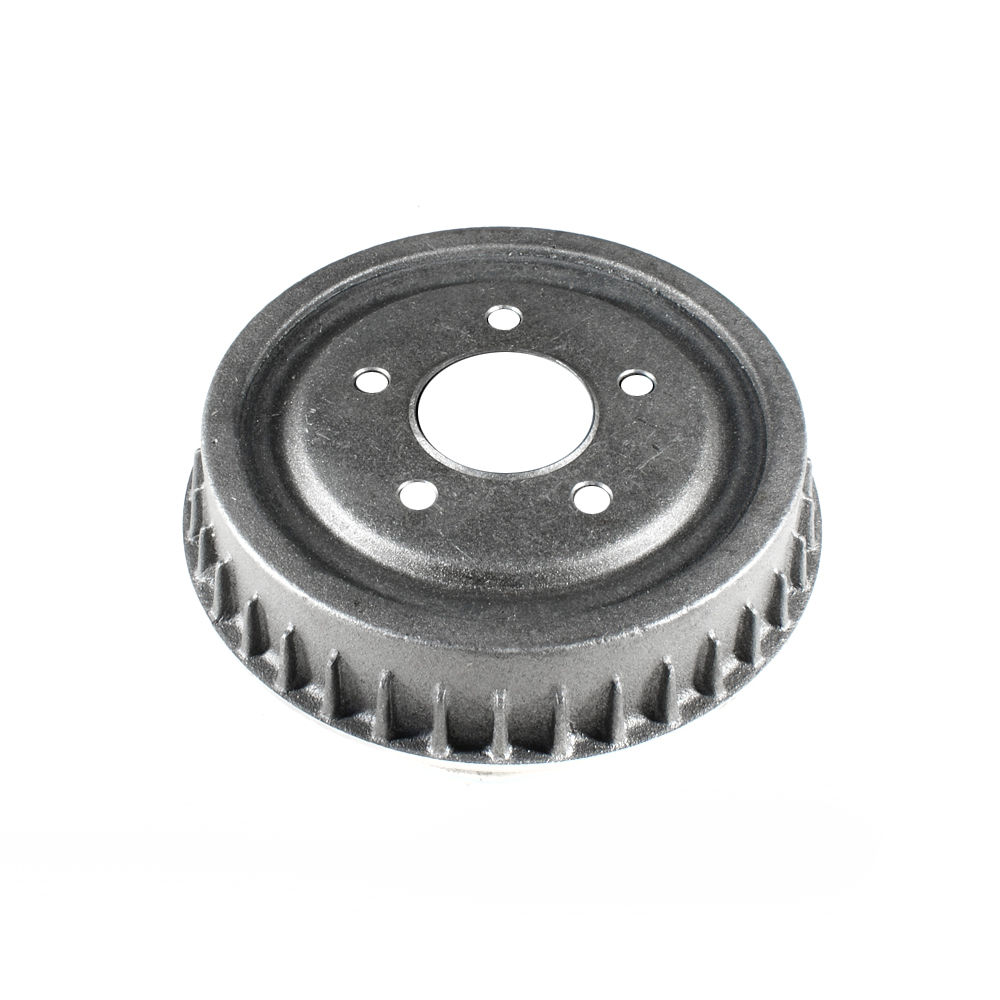
Part No: BD80036
Raybestos: 9651
OE: F87Z1126BA
Raybestos: 9651
OE: F87Z1126BA
$38.84 each
Per Car QTY: 2
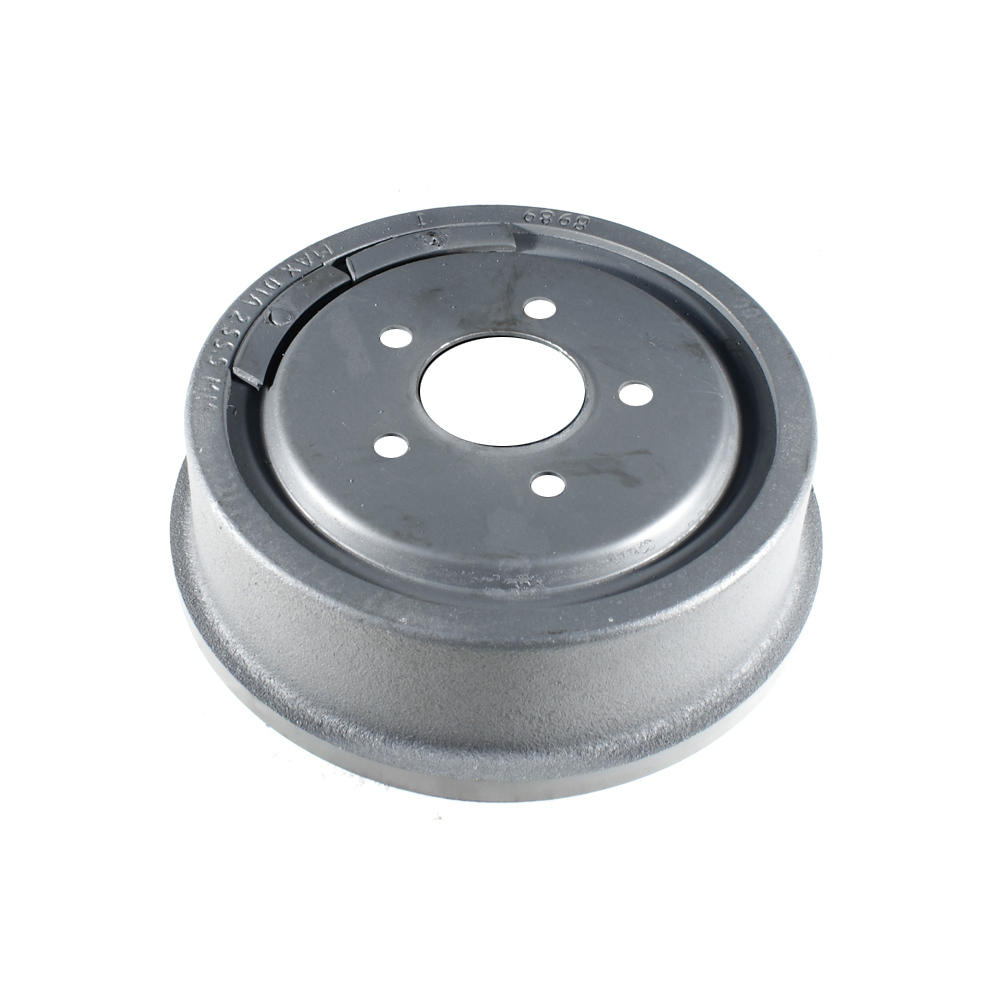
Part No: BD8989
Raybestos: 9498
OE: F07Z1126A
Raybestos: 9498
OE: F07Z1126A
$54.41 each
Per Car QTY: 2
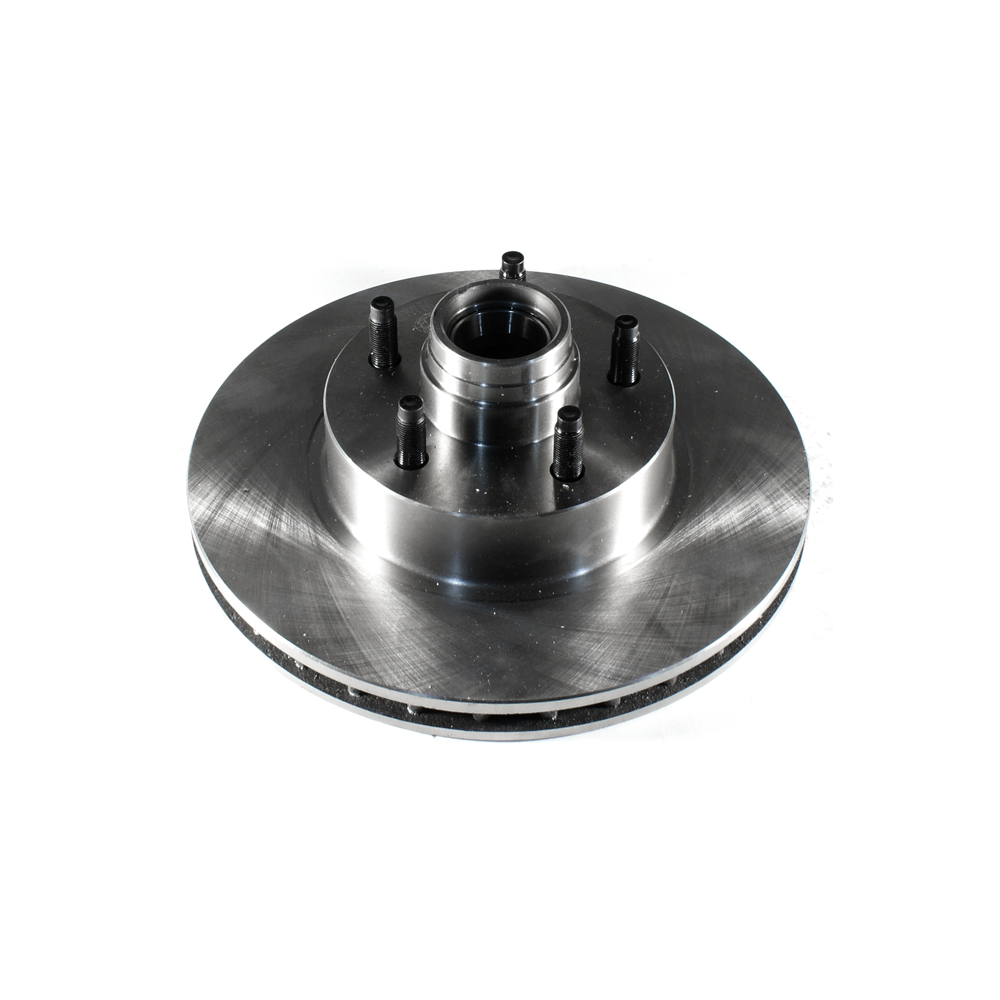
Part No: BR54029
Raybestos: 66597
OE: F5TZ1102H
Raybestos: 66597
OE: F5TZ1102H
$68.11 each
Per Car QTY: 2
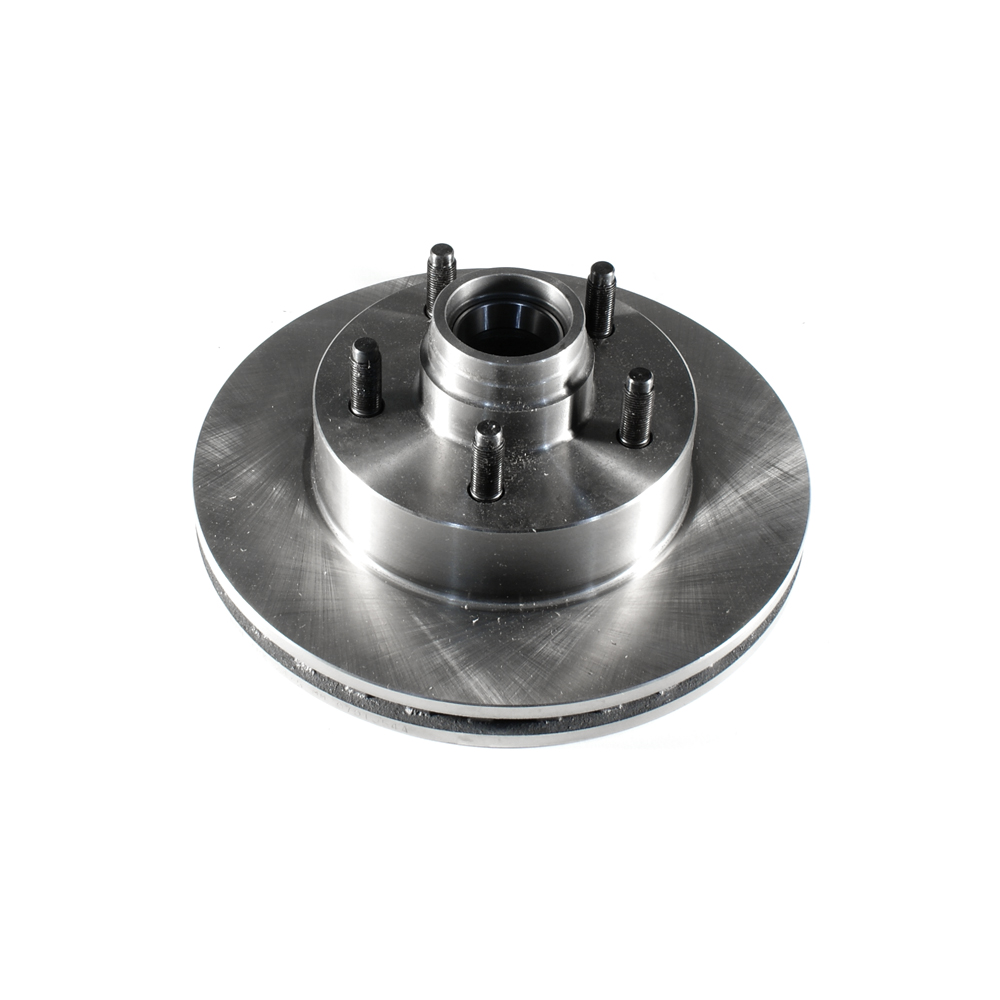
Part No: BR54059
Raybestos: 66673
OE: F87Z1102CB
Raybestos: 66673
OE: F87Z1102CB
$51.46 each
Per Car QTY: 2
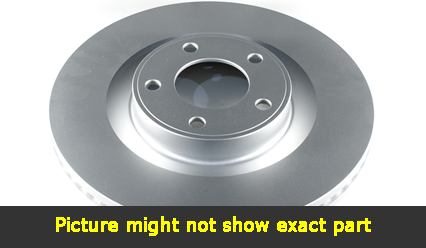
Part No: PP54029
Raybestos: 66597
OE: F5TZ1102H
Raybestos: 66597
OE: F5TZ1102H
$80.42 each
Per Car QTY: 2
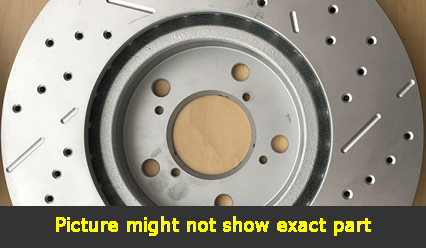
Part No: SP54029L
Raybestos: 66597
OE: F5TZ1102H
Raybestos: 66597
OE: F5TZ1102H
$116.87 each
Per Car QTY: 1
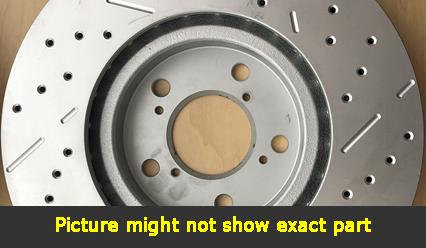
Part No: SP54029R
Raybestos: 66597
OE: F5TZ1102H
Raybestos: 66597
OE: F5TZ1102H
$116.87 each
Per Car QTY: 1
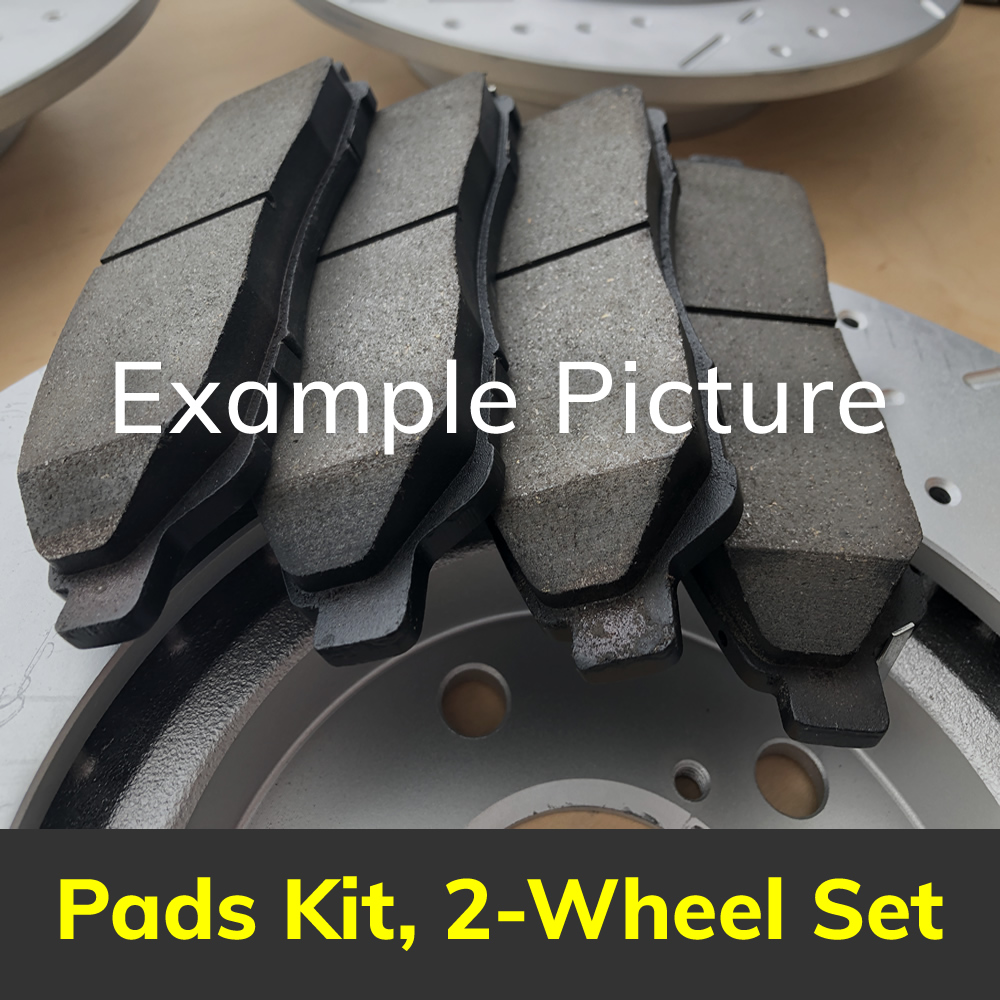
Part No: PD833C
Raybestos: 833
OE:
Raybestos: 833
OE:
$35.41 each
Per Car QTY: 1
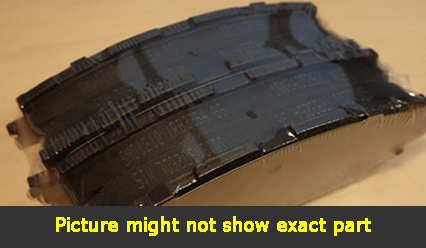
Part No: SMD652
Raybestos:
OE:
Raybestos:
OE:
$22.9 each
Per Car QTY: 1
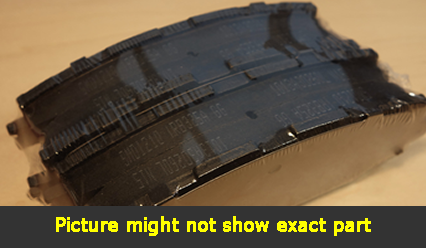
Part No: SMD833
Raybestos:
OE:
Raybestos:
OE:
$22.63 each
Per Car QTY: 1
Choosing the right brakes for your car is crucial for ensuring the safety and performance of your vehicle. When it comes to a 2003 Mazda B3000, there are a few key rules and considerations you should keep in mind to make an informed decision. Here are some guidelines to help you choose the most suitable brakes for your Mazda truck.
1. OEM or Aftermarket:
One of the first decisions you'll need to make is whether to go for original equipment manufacturer (OEM) brakes or aftermarket options. OEM brakes are designed specifically for your Mazda B3000 and are usually manufactured by the same company that made your original brakes, ensuring a direct fit and optimal performance. On the other hand, aftermarket brakes come from third-party manufacturers and can offer different types and qualities. Both options have their pros and cons, and the choice ultimately depends on your preferences and budget.
2. Type of Brake Pads:
Brake pads are an essential component of the braking system, responsible for generating the friction needed to stop your vehicle. There are three main types of brake pads: organic, semi-metallic, and ceramic. Organic pads are made from a blend of fibers and are typically less aggressive, providing smooth and quiet braking. Semi-metallic pads contain a mix of metal fibers and give stronger braking performance, but they may generate more noise and wear on your rotors. Ceramic pads offer the best in terms of performance, with excellent stopping power, low noise levels, and minimal rotor wear. However, they are usually the most expensive option.
3. Driving Style and Environment:
Consider your driving style and the environment in which you drive your Mazda B3000. If you frequently drive in heavy traffic or engage in stop-and-go driving, semi-metallic or ceramic brake pads may be more suitable due to their enhanced braking power and ability to handle heat buildup. If you mostly drive on highways or in less demanding conditions, organic pads may be sufficient. Similarly, if you frequently encounter hilly or mountainous terrains or tow heavy loads, you may want to opt for higher-performance brake pads.
4. Rotors and Calipers:
When selecting brakes for your Mazda B3000, it's essential to consider the condition of your rotors and calipers. If they are in good shape, you may only need to replace the brake pads. However, if they exhibit signs of wear or damage, such as warping, pitting, or cracking, it's recommended to replace the rotors as well. Additionally, inspect your calipers for any leaks or binding. Properly functioning calipers are crucial for even brake pad wear and optimal braking performance.
5. Quality and Brand Reliability:
Lastly, it's crucial to prioritize the quality and reliability of the brakes you choose. Research different brake brands and read reviews from reputable sources to ensure they offer reliable, long-lasting products. Lower-quality or counterfeit brakes may compromise your safety on the road and lead to costly repairs in the long run.
As you assess the options available for your 2003 Mazda B3000, remember to consider these rules for choosing the right brakes. By selecting high-quality pads, assessing your driving needs, and inspecting the condition of your rotors and calipers, you can maintain the safety and performance of your Mazda truck for years to come.
1. OEM or Aftermarket:
One of the first decisions you'll need to make is whether to go for original equipment manufacturer (OEM) brakes or aftermarket options. OEM brakes are designed specifically for your Mazda B3000 and are usually manufactured by the same company that made your original brakes, ensuring a direct fit and optimal performance. On the other hand, aftermarket brakes come from third-party manufacturers and can offer different types and qualities. Both options have their pros and cons, and the choice ultimately depends on your preferences and budget.
2. Type of Brake Pads:
Brake pads are an essential component of the braking system, responsible for generating the friction needed to stop your vehicle. There are three main types of brake pads: organic, semi-metallic, and ceramic. Organic pads are made from a blend of fibers and are typically less aggressive, providing smooth and quiet braking. Semi-metallic pads contain a mix of metal fibers and give stronger braking performance, but they may generate more noise and wear on your rotors. Ceramic pads offer the best in terms of performance, with excellent stopping power, low noise levels, and minimal rotor wear. However, they are usually the most expensive option.
3. Driving Style and Environment:
Consider your driving style and the environment in which you drive your Mazda B3000. If you frequently drive in heavy traffic or engage in stop-and-go driving, semi-metallic or ceramic brake pads may be more suitable due to their enhanced braking power and ability to handle heat buildup. If you mostly drive on highways or in less demanding conditions, organic pads may be sufficient. Similarly, if you frequently encounter hilly or mountainous terrains or tow heavy loads, you may want to opt for higher-performance brake pads.
4. Rotors and Calipers:
When selecting brakes for your Mazda B3000, it's essential to consider the condition of your rotors and calipers. If they are in good shape, you may only need to replace the brake pads. However, if they exhibit signs of wear or damage, such as warping, pitting, or cracking, it's recommended to replace the rotors as well. Additionally, inspect your calipers for any leaks or binding. Properly functioning calipers are crucial for even brake pad wear and optimal braking performance.
5. Quality and Brand Reliability:
Lastly, it's crucial to prioritize the quality and reliability of the brakes you choose. Research different brake brands and read reviews from reputable sources to ensure they offer reliable, long-lasting products. Lower-quality or counterfeit brakes may compromise your safety on the road and lead to costly repairs in the long run.
As you assess the options available for your 2003 Mazda B3000, remember to consider these rules for choosing the right brakes. By selecting high-quality pads, assessing your driving needs, and inspecting the condition of your rotors and calipers, you can maintain the safety and performance of your Mazda truck for years to come.


